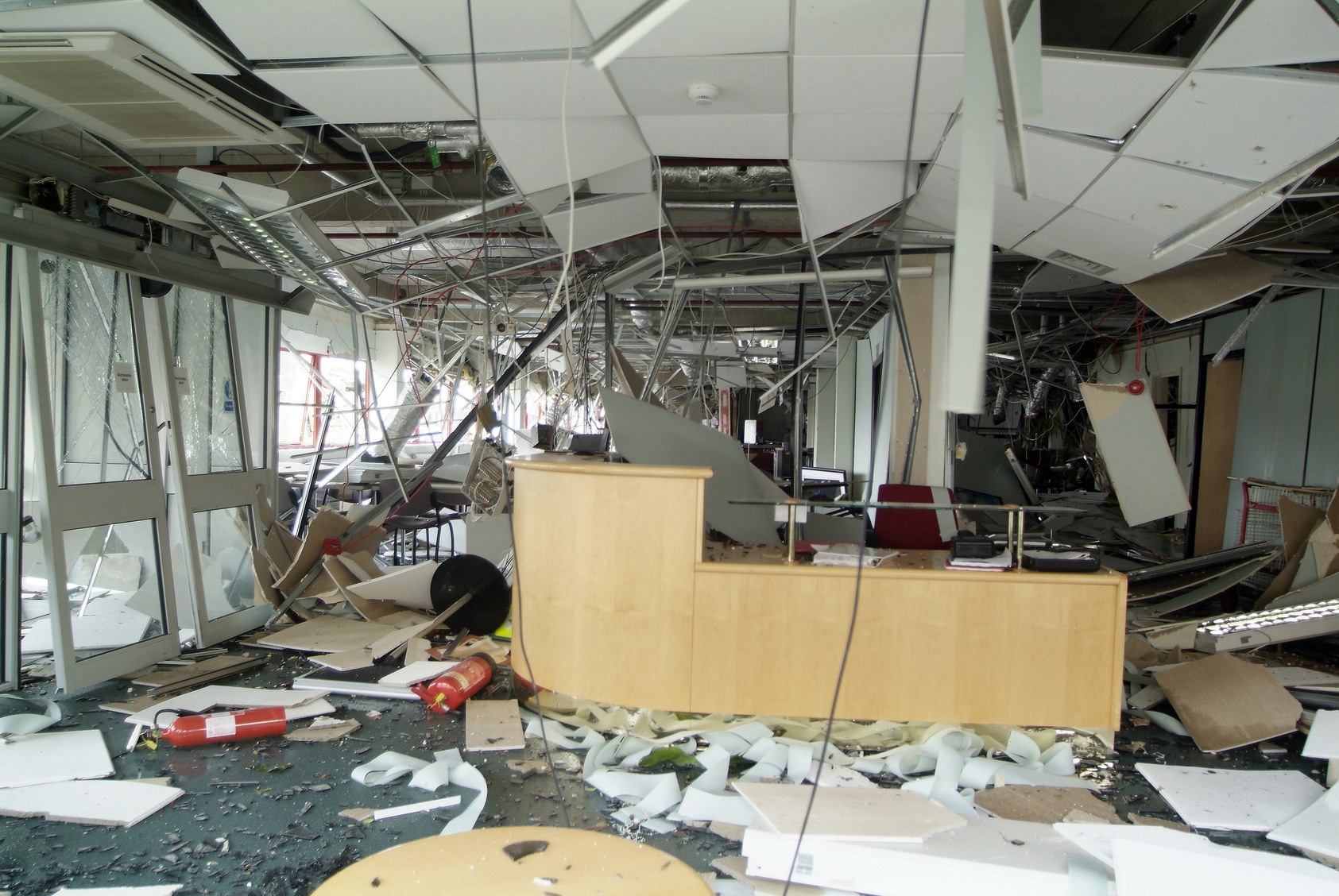What Server and Desktop Virtualization Can Do For You…Simplified

Virtualization really is an amazing achievement in the world of computing. Computer support specialists that are well trained in VDI, VMware, and Citrix are the ones you want to consult with, since it is undoubtedly the future of IT.
In college studying to become an information technology systems analyst, my professor explained on the first day, “In order to be a good systems analyst you have to be able to translate tech talk into something the rest of the world understands.”
I know that most of you are not interested in how server virtualization works (and if you are here’s a great page on VMware.com), but you do want to know a little more about it to see if it may be a viable solution for your business.
Virtualization uses software to mimic what a piece of hardware does. What does that mean to you? It means that instead of having to purchase powerful computers that each do different things – run your terminal, your email, your website, your security and file sharing system – you can purchase just one or two and a computer program will essentially split it up and mimic all the separate systems.
Each one of these systems are completely independent of each other even though they reside within the same computer, and you can choose how much memory and processing power is allocated to each system. This is a great feature because some systems, after monitoring their usage, will need more or less resources allocated to them and can be easily adjusted with just a few simple commands.
For small and medium size businesses (SMBs) this is a great solution for building your IT infrastructure. You can even take it one step further by putting the entire system in the cloud. This means that your one server with all its separate systems is located in an off-site center where it is heavily guarded from power outages and natural disasters.
Desktop virtualization replaces personal computers with new devices called Thin Clients. Together with Virtual Desktop Infrastructure (VDI) they are the chocolate and peanut butter of virtualization. Thin Clients are cheaper, faster, and have a much longer life than a desktop computer since it essentially has no moving parts.
The Thin Client acts a gateway to your virtual terminal server, and has many of the typical ports that you see in a desktop computer including USB. Using a virtual software such as Citrix, all your typical desktop applications can be used.
You will find that after migrating to a virtual environment that everything is much cheaper and carried out faster. Adding resources, scaling up, adding another server – these things become services that can be switched on, like adding channels to your cable TV. Hiring a local managed services company to consult with you on how to build your virtual infrastructure is recommended. Browse Computer Support Specialist to find an MSP in your area.








Recent Comments